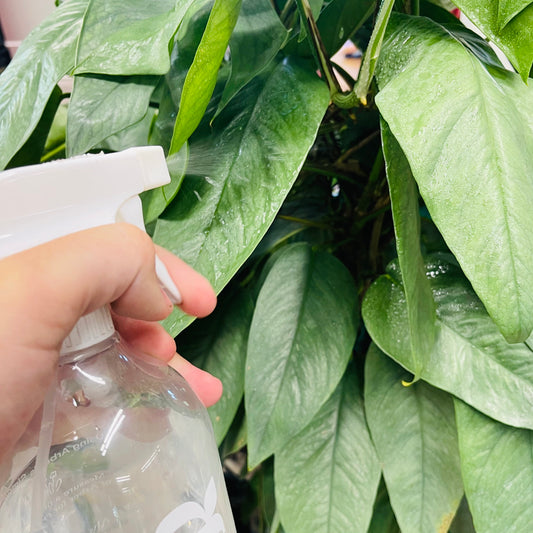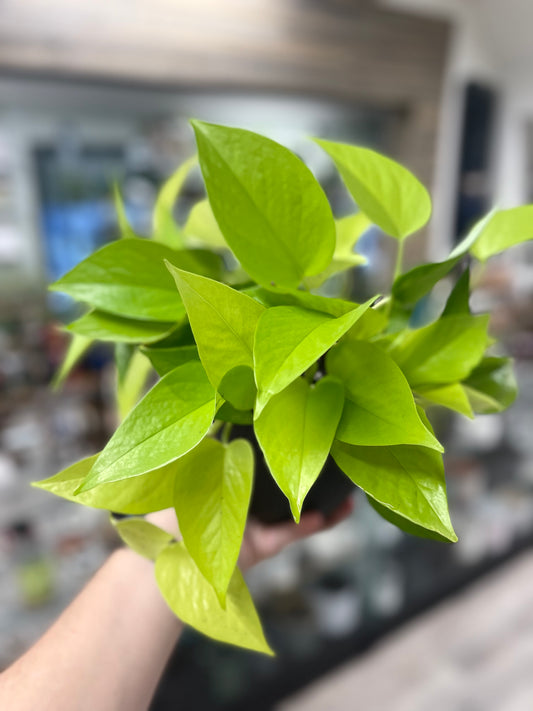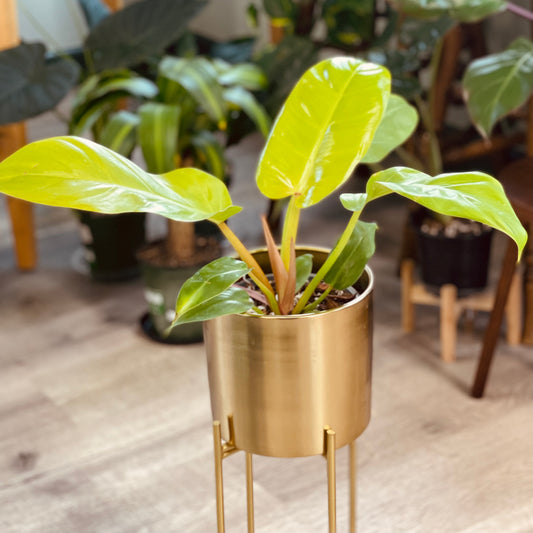Spider mites are tiny, spider-like pests that can infest your houseplants and cause serious damage. These pesky bugs are attracted to certain types of plants, and they can be difficult to spot due to their small size. However, there are a few signs to look for if you suspect your plant may have a spider mite infestation.

Spider mites are members of the arachnid family, which means they are related to spiders, scorpions, and other eight-legged creatures. They are extremely small, usually measuring only 1-2 millimeters in length, and they have a reddish or brownish color. Spider mites are most commonly found on the undersides of leaves, where they spin webs and lay their eggs.
Why are certain plants more prone to spider mites?
Some plants are more attractive to spider mites than others. For example, plants that are stressed or struggling to grow due to poor care or environmental conditions are more likely to be infested. Spider mites are also attracted to plants with soft, succulent foliage, such as ferns, coleus, and impatiens.

How to identify spider mites
The most obvious sign of a spider mite infestation is the presence of tiny webs on the undersides of leaves. You may also notice yellow, stippled, or discolored areas on the leaves, which can be a sign of feeding damage. If you suspect your plant has spider mites, try gently shaking a leaf over a white piece of paper. If tiny red or brown dots start moving around, you likely have a spider mite infestation.

Organic solutions for getting rid of spider mites
If you discover that your plant has spider mites, it's important to act quickly to get rid of them. Here are a few organic solutions you can try:
-
Neem oil: Neem oil is a natural insecticide that can be effective at killing spider mites and other pests. However, it's important to note that neem oil can be harmful to some plants if it is not used correctly. It's a good idea to test a small, inconspicuous area of your plant before applying neem oil to the entire plant. To use neem oil, mix a few drops with water and apply it to the affected plant using a spray bottle.
-
Insecticidal soap: Insecticidal soap is another effective option for getting rid of spider mites. Mix a few drops of the soap with water and apply it to the affected plant using a spray bottle. Be sure to follow the products instructions for use carefully.
-
Horticultural oil: Horticultural oil is a highly effective natural solution for killing spider mites and other pests. Simply mix a few drops of the oil with water and apply it to the affected plant using a spray bottle.

How to quarantine your plant
If your plant is heavily infested with spider mites, you may need to quarantine it to prevent the pests from spreading to other plants. To do this, place the affected plant in a separate room or area away from your other plants. Make sure to cover the soil with a plastic bag to prevent the mites from crawling onto other plants.
To learn more about quarantining your plants please read our blog post about quarantining.
What to do with a damaged plant
If your plant is heavily damaged by spider mites, it may not be able to recover. In this case, it's best to remove the plant from your collection to prevent the mites from spreading to your other plants. If the plant is only mildly damaged, you may be able to save it by pruning off the affected leaves and treating the plant with an organic pest control solution.
How to prevent cross-contamination
It's important to sanitize your tools after treating a plant with spider mites to prevent the pests from spreading to your other plants. To do this, simply wipe down your tools with a mixture of water and a mild soap or disinfectant. You can also dip your tools in a solution of water and hydrogen peroxide for a more thorough sanitization. Make sure to let the tools dry completely before using them again to prevent any leftover solution from damaging your plants. It's also a good idea to wear gloves and wash your hands thoroughly after handling a plant with spider mites to prevent the pests from spreading to other plants on your hands.
I hope this information helps you identify and deal with spider mites on your houseplants. Remember, it's important to act quickly and continually monitor your plants. Continue treating your plant with care until it is free of pests and ready to be reintroduced to your collection. Happy planting!




![Alocasia Cuprea (Plug) [ID #56682886677]](http://zenrockford.com/cdn/shop/files/F582EB41-DE34-4A5F-A222-690168A106E1.jpg?v=1706394598&width=533)
![Aglaonema pictum tri-color (Plug) [ID #93184306542]](http://zenrockford.com/cdn/shop/files/9A764583-F974-433E-816F-E10D23221E6F.jpg?v=1706394561&width=533)
![Musa Florida variegated 'Banana Tree' [ID #42258918672]](http://zenrockford.com/cdn/shop/files/PXL-20240509_180351470.jpg?v=1715277846&width=533)
![Monstera Thai Constellation [ID #88433958136]](http://zenrockford.com/cdn/shop/files/PXL-20240509_175439365.jpg?v=1715277304&width=533)